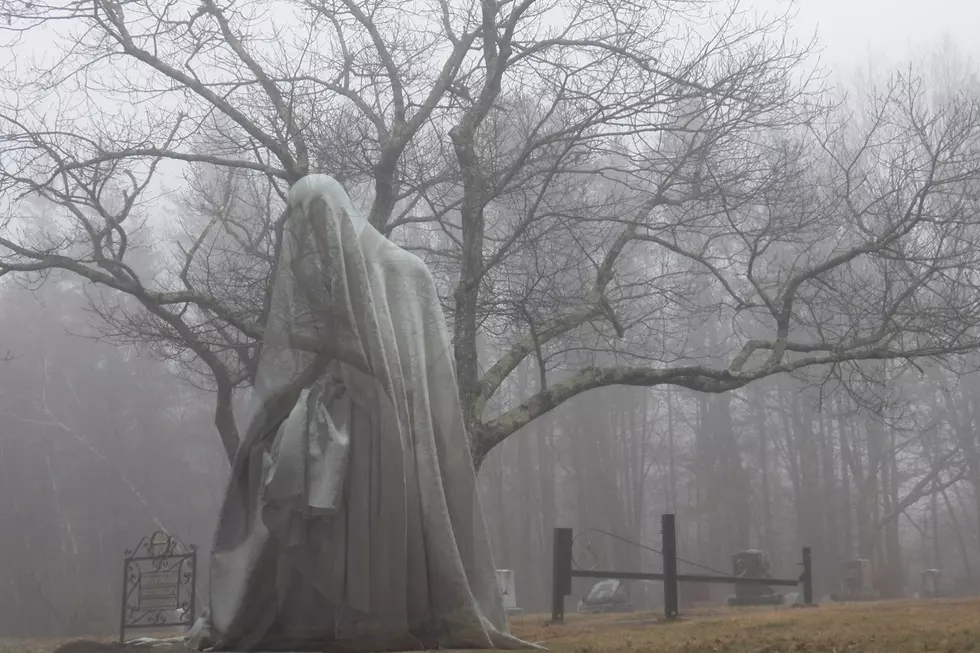
Look to the Night Sky Over Indiana and Kentucky to See Shooting Stars as Meteor Shower Peaks This Week
If you want to see a show in the night sky, this week is a great time to look up!

Shooting Stars
We've all heard the phrase if you see a shooting star "make a wish" but do you know what shooting stars are? Shooting stars are actually meteors. According to Cool Cosmos:
Shooting stars are actually what astronomers call meteors. Most meteors burn up in the atmosphere before they reach the ground. However, once in a while a meteor is large enough than some of it survives and reaches Earth's surface. Then it is called a meteorite.
If you want a great chance to see shooting stars, look to the sky this week as this is when the Leonid Meteor Shower peaks.
The Leonid Meteor Shower
Going on until December 2nd is the Leonid Meteor Shower. According to Space, this particular meteor shower takes place when Earth passes through the debris left by Comet 55P/Tempel-Tuttle. This isn't a meteor shower to miss either. NASA says that Leonids are known for producing quite impressive fireballs and long colorful tails.
Leonids are also known for their fireballs and Earth-grazer meteors. Fireballs are larger explosions of light and color that can persist longer than an average meteor streak. This is due to the fact that fireballs originate from larger particles of cometary material. Fireballs are also brighter, with magnitudes brighter than -3. Earth-grazers are meteors that streak close to the horizon and are known for their long and colorful tails.
Leonid Meteor Shower is Predicted to Peak on November 18th
This particular meteor shower is predicted to peak on or around November 18th, but you can still potentially see a cool show in the night sky on other nights too. NASA says the best time to see Leonids is around midnight local time. They say to find an area away from the city or street lights.
Orient yourself with your feet toward the east, lie flat on your back, and look up, taking in as much of the sky as possible. In less than 30 minutes in the dark, your eyes will adapt and you will begin to see meteors. Be patient – the show will last until dawn, so you have plenty of time to catch a glimpse.
KEEP READING: Get answers to 51 of the most frequently asked weather questions...
More From WKDQ-FM









